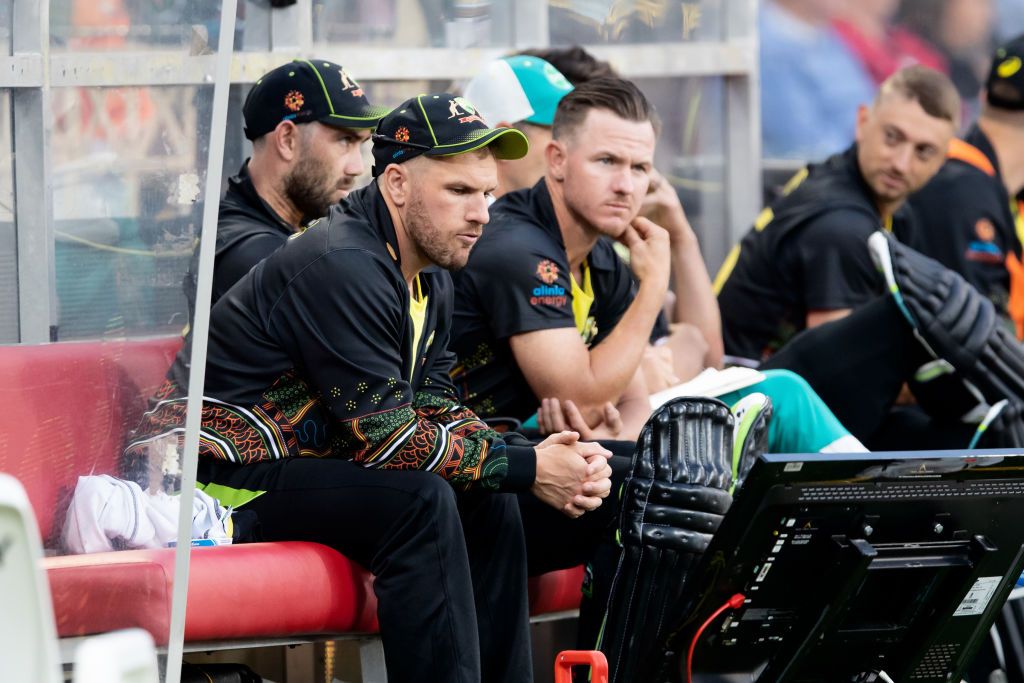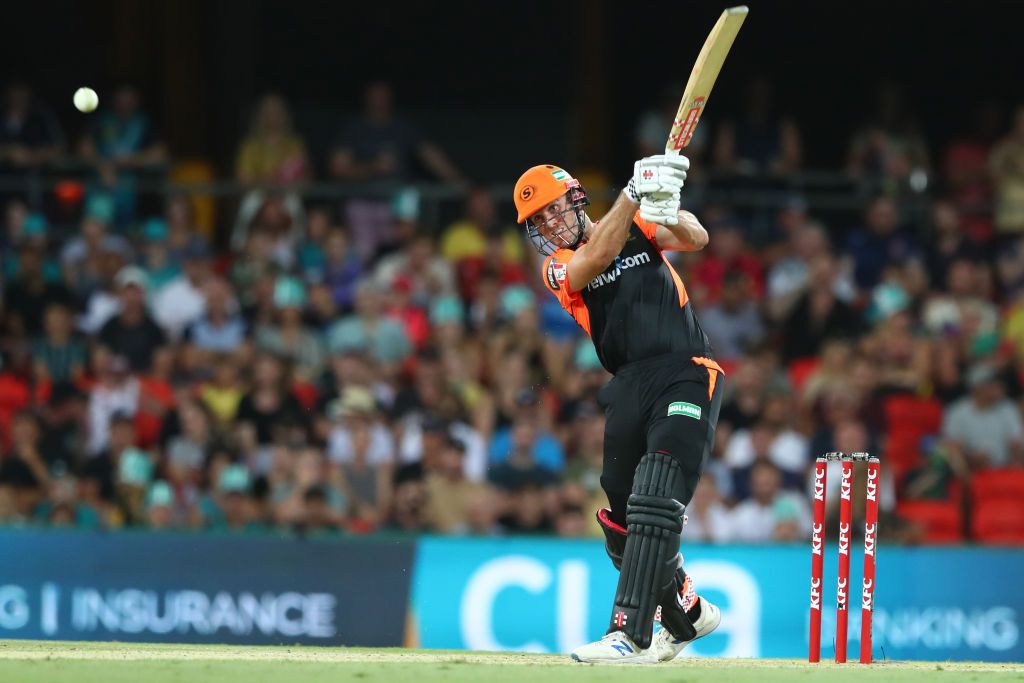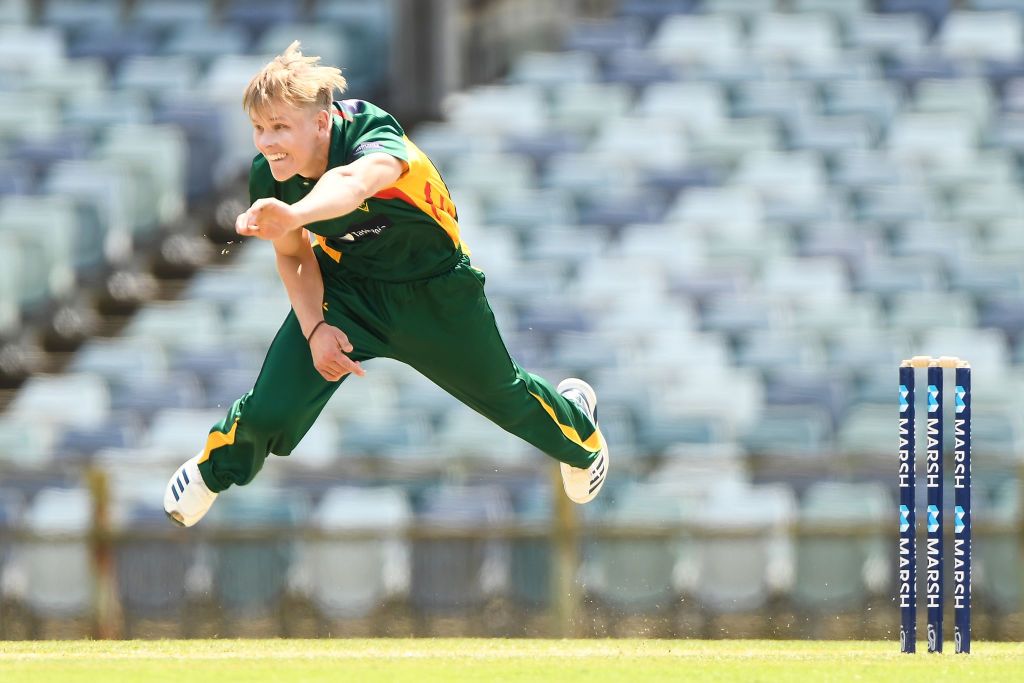 OPINION
OPINIONRemember the times when Australia did not use to take T20 cricket seriously? Ricky Ponting, leading Australia in their first-ever T20 international, against New Zealand, said that it is difficult to play seriously.
They didn’t expect the format to kick on. We all know it did and Australia fell behind in the race. In the first T20 World Cup in 2007, they suffered an embarrassing loss to Zimbabwe and crashed out in the first round of the subsequent edition. Consequently, the shift in opinion took place but after four more editions, they have continued to be one of the few major Test-playing nations not to get their hands on the T20 World Cup, although they were the runners-up in 2010.

It has been more than four years since the last edition of T20 World Cup was held, in 2016. Like most sides, Australia have also gone through a number of overhauled strategies, albeit without any results. The recently concluded T20I series against India which brought a 1-2 series loss at home, after a similar score line against England, have underlined the glaring issues with their approach once again. While a lot of them can be rectified by picking the right players, keeping a firm eye on budding players in the upcoming BBL season starting on Thursday (December 10), the others can be corrected through a rejig in the currently existing batch of players.
Top-order
157.7 and 144.6. These are Aaron Finch and David Warner’s strike-rates in the Powerplay as openers in T20Is since 2019. These are excellent numbers but there is a certain Matthew Wade who has been striking at 169.6 during this period (although in a smaller sample size of three innings).
In the first T20I against India, Australia batted him at number 7, sending him when D’Arcy Short was out, to maintain a left-right batting combination throughout. Short has a strike-rate of 107.4 on the above criteria. In all T20s since 2019, Short has a strike-rate of 127.4 while Wade has batted at 154.6. Clearly, Wade should have been the preferred choice to open in Warner’s absence. In the second T20I, when Finch sat out, Wade put the intent in Australia’s innings, scoring 47 out of 59 runs in the Powerplay. In the third T20I, when Finch came back, he opened ahead of Short, playing a match-winning knock of 80.
This underlines a poor selection in Short. The left-hander is more of an anchor who starts slowly and has a par strike-rate against spinners, restraining him to up the ante in the middle-overs.
Wade is clearly the more appropriate choice to open the innings even when both Finch and Warner are available. Australian cricket currently lacks players who can strike from ball one, except Glenn Maxwell. Hence, they need to find a way to slot Wade in, at the top. For such a scenario, it won’t be a bad option to bat Warner, the more adaptable between him and Finch, at three. It will also maintain the right-left hand combination to kick start the innings with Finch and Wade.
Middle-order
Do Australia need Steve Smith in T20Is? After consecutive 62-ball hundreds in the ODIs, he seemed out of place in the T20Is, especially at number 4.
He is a craftsman against spinners but needs time to carve into them. Against pacers, he uses the pace on the ball to use the gaps to his advantage. At number 4 in T20Is, he gets neither the time nor the pace to lay the foundation for his innings. Also, the only time Smith plays consistent T20 cricket in the year is during the IPL, hence giving him less time to build his game in the format.
Australia lost a couple of battles in the middle-overs against India. Except for Glenn Maxwell, who himself has gone through ups and downs, no one is sure of a spot in the middle-order.
One option could be the 25-year old, Josh Inglis, who is also the acclaimed best player in terms of attacking spin bowling in the Perth Scorchers’ squad. A wicket-keeping option as well, Inglis had a grand BBL season last year, scoring 405 runs at a strike-rate in excess of 150. Although, those runs came as an opener, his reputation against spin bowling will make him one to watch out for in the season.
Similarly, Inglis’ Scorchers’ teammate, Mitchell Marsh has an important BBL season ahead of him. Australian selectors will be watching him and the interest lies both ways. He had a decent last season in BBL and was a part of the squad in the T20Is against England. Always on the radar to fill the fast-bowling allrounder’s role at six, Marsh has been let down by form and injuries. Now, returning from an ankle twist, this is certainly the last opportunity for Marsh to push his claim for the spot.

He is in direct competition with Marcus Stoinis for the role. The fact that Stoinis will be opening for Melbourne Stars gives Marsh an edge. Although, if not Inglis, Stoinis can be the number 4 for Australia after a splendid 2020 IPL season.
There are also Josh Philippe and Jono Wells. Phillippe has made it to the Australia’s squad but yet to earn a cap. Wells has been brilliant for a number of seasons. He is another busy player against spin who brings urgency in the middle-overs.
Fast bowlers
Australia opted to test their second string of pacers in the T20Is against India and it would be a fair assessment that they were left disappointed. None amongst AJ Tye, Sean Abbott and Daniel Sams, each of them a leading bowler for their respective BBL side, landed consecutive deliveries in the right area. Australia pacers went at 9.8 runs per over in the series and three out their nine wickets were picked by Moises Henriques.
The eyes will move to the other lot in BBL. Nathan Ellis was the surprise package last season. Showing great skills to restrict the batsmen during the death overs, he picked 12 wickets in 15 games at an economy of 7.9. He gained selectors’ attention in the maiden season itself. Another good season, if he is able to evade the usual challenges of a sophomore year, will put him straight in Australia’s XI.

Jason Behredorff and Ben Dwarshuis have spent a number of seasons in BBL as the leading pacer of their respective side. Both of them have a lot of cricketing years ahead of them and their left-arm bowling angle will keep them under the spotlight.
In addition, Nathan Coulter-Nile is always an enticing prospect with his adjunct striking abilities with the bat. Another injury-prone allrounder, Coulter-Nile will slot in nicely at 8 in Australia’s line-up but needs to show both form and fitness this season.
***
Overall, BBL has not produced enough talent for Australia as IPL and PSL have done for India and Pakistan respectively. At the moment, Mitchell Swepson is the only BBL product who seems to be a part of Australia’s side for the long run. With the World Cup approaching and Australia more desperate to have a top T20 side, things might change, making BBL more important than ever for budding and currently non-incumbent Australia players.